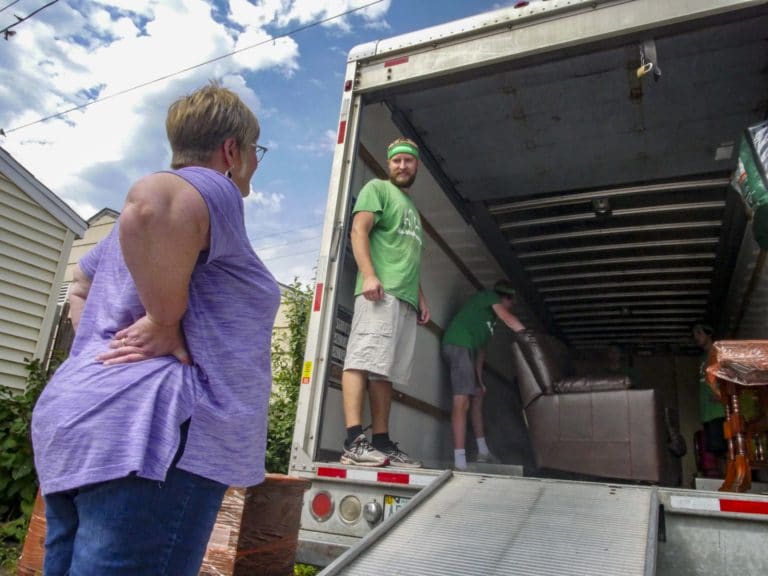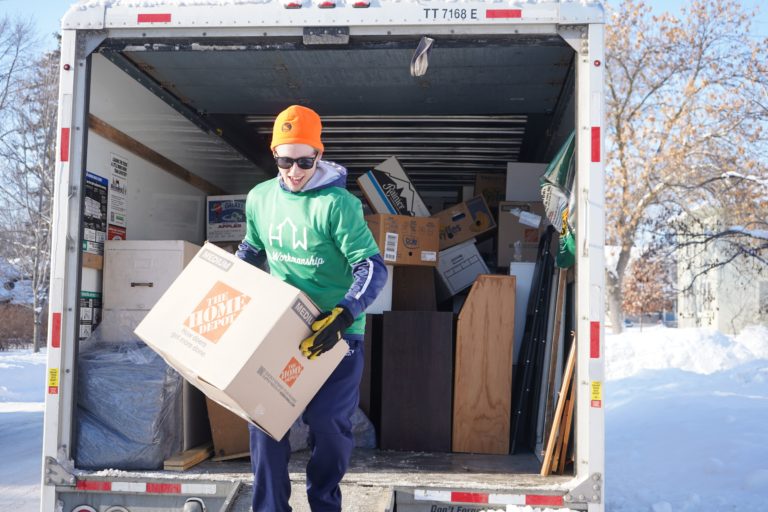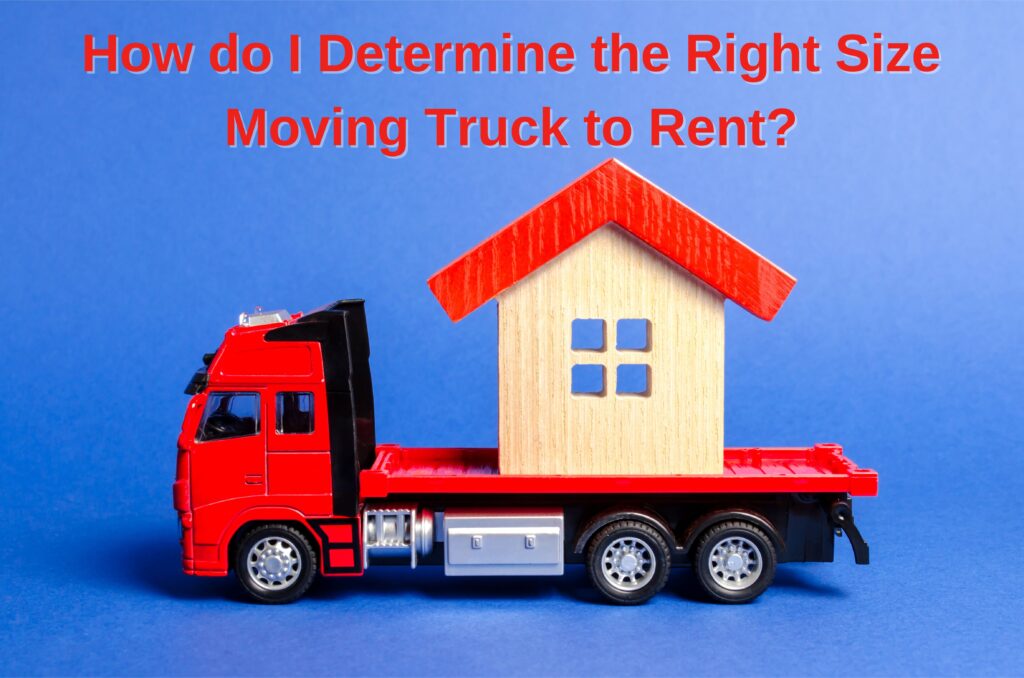Table of Contents
Moving can be an exciting chapter in life, but it also comes with its fair share of challenges. One of the most important steps in the moving process is choosing the right size moving truck. A truck that is too small may leave you in a logistical nightmare, making multiple trips or even leaving items behind. Conversely, renting a truck that’s too large can result in wasted space and unnecessary costs. By carefully planning and understanding your needs, you can simplify the moving process, save money, and ensure your belongings are transported safely.
Take an Inventory of Your Belongings
The first step in determining the right truck size is assessing the volume of your belongings. Make a detailed inventory of everything you plan to move. This includes large items such as beds, sofas, dining tables, and appliances, as well as smaller items like boxes, lamps, and decorations. Be realistic about what you’ll actually take with you—decluttering before your move can help reduce the space you need.
For those who have an abundance of oversized or irregularly shaped items, remember that these will take up more room than standard pieces. Some items may also require special handling or positioning during transport, which can influence the space needed in the truck.

Understand Truck Size Guidelines
Most moving truck rental companies offer various truck sizes tailored to different needs. These sizes are often associated with the number of rooms or the square footage of a home. While these recommendations provide a good starting point, you should adjust for the specific volume and type of belongings you’re moving.
Common truck sizes include:
- 10-12 Foot Trucks: Suitable for a small studio or one-bedroom apartment.
- 15-17 Foot Trucks: Ideal for a two-bedroom apartment or smaller home.
- 20-22 Foot Trucks: Designed for medium-sized homes, such as three-bedroom residences.
- 26 Foot Trucks: Best for larger homes with four or more bedrooms or for people with a lot of belongings.
Consider Space Efficiency and Layout
The layout of the moving truck is another factor to consider. Some trucks may have more vertical space, while others prioritize floor area. If you have tall items, such as shelving units or large pieces of furniture, ensure the truck can accommodate their dimensions. Additionally, some trucks come equipped with tie-downs, shelves, or ramps, which can make packing easier and protect your belongings.
Account for the Distance of Your Move
The distance of your move plays a significant role in your decision. If you’re moving locally, you might be able to manage with a smaller truck and make multiple trips. However, if your move is long-distance, you’ll want a truck that can fit everything in one trip. It’s better to opt for a slightly larger truck in these cases to avoid the stress and expense of additional trips or leaving items behind.
Consult with Experts
If you’re still uncertain about which size truck to rent, don’t hesitate to consult professionals. Most rental companies have experienced representatives who can help you determine the best size based on the number of rooms, the type of items, and the distance of your move. Some companies even offer online tools or calculators that estimate the size you’ll need based on the information you provide.

Plan an Efficient Packing Strategy
Packing efficiently can make a big difference in the amount of space you need. Start by placing heavier, sturdier items at the bottom of the truck and stacking lighter items on top. Use every available inch of space, including under tables and chairs. Disassemble large furniture if possible to save space and protect fragile items with padding or blankets to prevent damage during transit.
Additionally, using uniform-sized boxes can help maximize the space in the truck. Avoid leaving empty gaps, as items may shift during the move, potentially causing damage or making unloading more difficult. If you’d like to learn more about How to pack and load moving truck, then read our blog How to Pack and Load a Moving Truck like a Pro.
Budget Considerations
Truck rental costs can vary depending on the size, rental period, and additional features like mileage limits or insurance coverage. Larger trucks typically cost more, but overestimating your needs slightly is usually cheaper than renting a second truck or arranging additional transportation. Consider your budget carefully while balancing the cost against the convenience and efficiency of having the right size truck.

Conclusion
Choosing the right size moving truck is a vital part of ensuring a successful move. By taking the time to assess your belongings, understanding the size options available, and factoring in the distance and your packing strategy, you can make an informed decision. Consulting professionals and considering your specific moving needs can further help you avoid common pitfalls. With careful planning, the right-sized truck will save you time, effort, and money, making your moving day as stress-free as possible. For more detailed information and tailored advice, visit our page on loading and packing moving trucks. For support on your next loading project, please feel free to reach out through our contact form, and our team will be happy to help.



